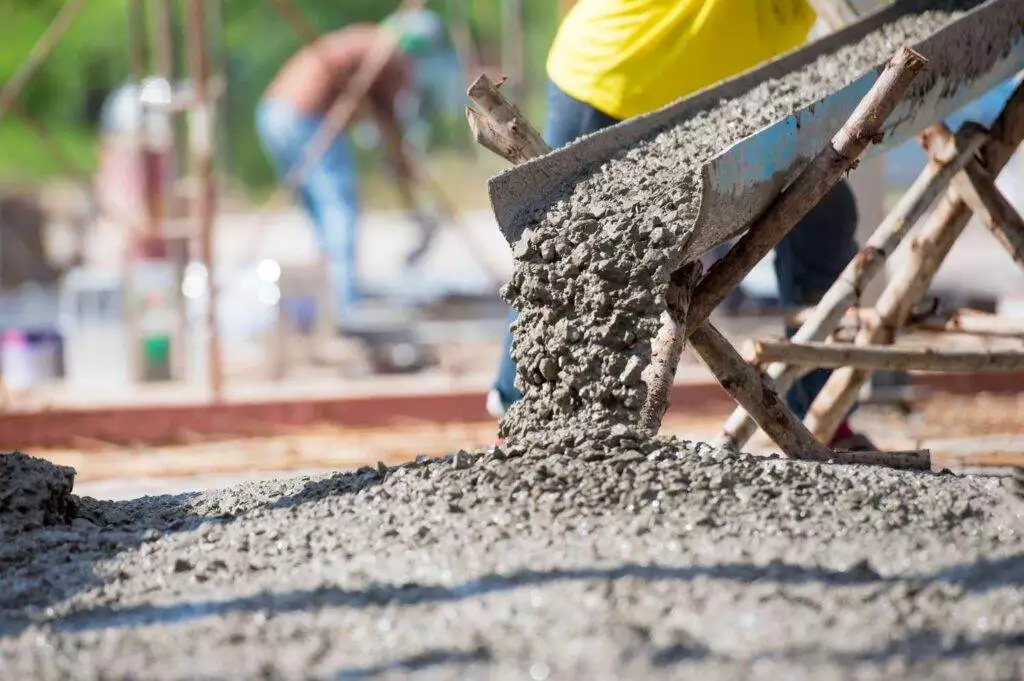Cement is a powdery binding material made from a mixture of limestone, clay, shale, iron ore, and other materials that hardens when mixed with water. It is one of the essential components used in construction and building materials due to its adhesive and cohesive properties which prove useful in different construction applications. Its uses range from concrete and mortar production to plastering, grouting, and soil stabilization, making it indispensable in the construction industry for creating resilient and long-lasting structures.
Cement Prices
Cement prices can vary depending on the brand as each brand has different material compositions. On average, the price can range from ₱213.50 to ₱257.50.
| Details | Price (per bag) |
| Eagle Cement | ₱213.50 |
| Grand Portland Cement | ₱218.00 |
| Holcim Cement | ₱231.00 |
| Republic Cement Type 1 | ₱257.50 |
| Republic Cement Type 1L | ₱256.00 |
| Republic Cement Type 1P | ₱233.00 |
| Wallmaster cement | ₱222.00 |

Advantages of Cement
Versatility – Cement is a versatile material used in various construction applications, such as concrete production, mortar, plastering, grouting, and soil stabilization.
Strength and Durability – Cement-based materials, particularly concrete, offer excellent strength and durability, which makes them perfect for structural and load-bearing elements in buildings, bridges, roads, dams, and other infrastructure projects.
Adaptability – Cement can be customized by adjusting its composition, curing conditions, and additives to meet specific performance requirements such as strength, setting time, workability, and resistance to environmental factors.
Availability and Affordability – Because cements are produced in large quantities globally, it ensures that the supply is consistent and the market prices are competitive, making them widely available and relatively affordable compared to other construction materials.
Disadvantages of Cement
Environmental Impact – The production of cement requires an intensive amount of energy which can contribute to greenhouse gas emissions. Additionally, quarrying of raw materials for cement production can lead to the habitat destruction of the animals and could alter landscapes.
Concrete Cracking – Improper mixing and curing of cement can lead to concrete cracking, reducing its strength and durability over time and leading to costly repairs and maintenance.
Heat of Hydration – Cement generates heat during the hydration process, which can cause thermal cracking and shrinkage in concrete structures. To mitigate this issue, you should follow proper curing methods and temperature control.
Carbonation – Over time, carbon dioxide from the atmosphere can penetrate concrete structures and react with calcium hydroxide in cement to form calcium carbonate which can reduce the alkalinity of concrete and compromise its durability, especially in corrosive environments.
Video about Cement
FAQs
What is the definition of cement?
Cement can be defined as a construction material that acts as a binder in a construction mixture.
What is cement made from?
Cement is made from a variety of materials such as limestone, clay, shale, and iron ore.
What is cement used?
Cement is a binding agent that is mostly used in making concretes and mortars, making it an essential component in construction and infrastructure developments.
Is it cement or concrete?
Although cement and concrete are often used interchangeably, these materials are not the same thing. Cement is a binding agent while concrete is a composite material that is composed of cement and other admixtures.
Even though the word cement and concrete are used interchangeably, these two are completely different materials. Cement is primarily used as a binding agent while concrete is a type of composite material that is made up of cement and other admixtures.
What is cement in concrete?
Cement is simply an ingredient of concrete. It is the powder on it that is when mixed with water sand and gravel that eventually form as the concrete.

